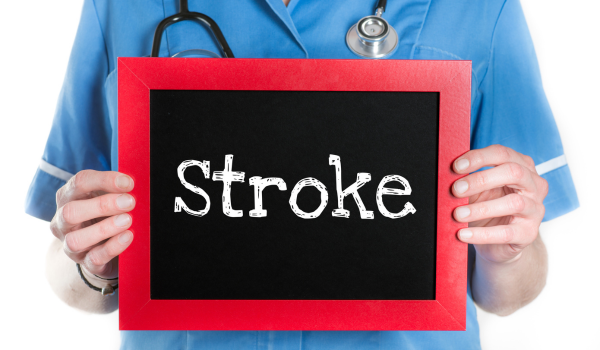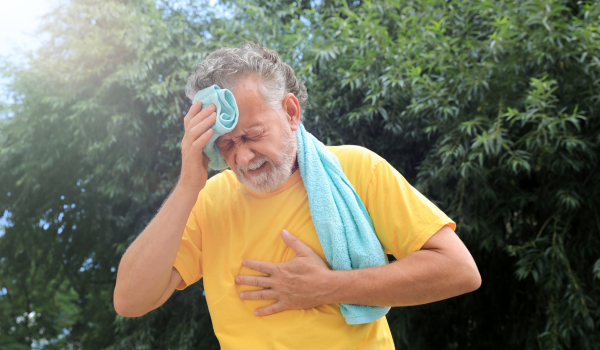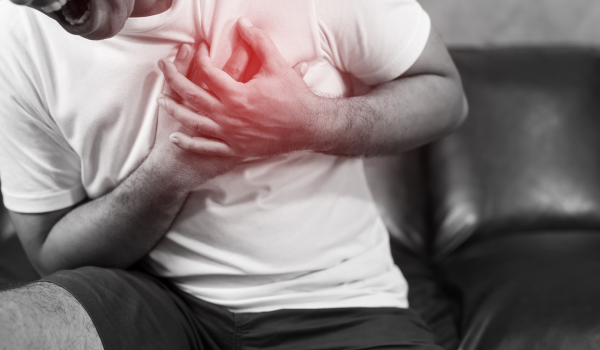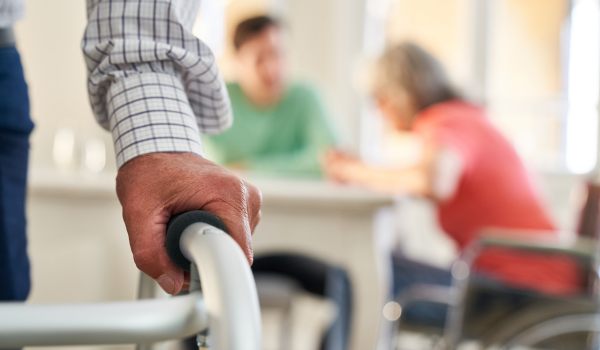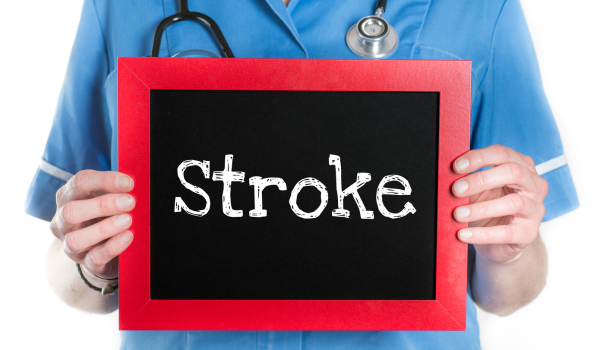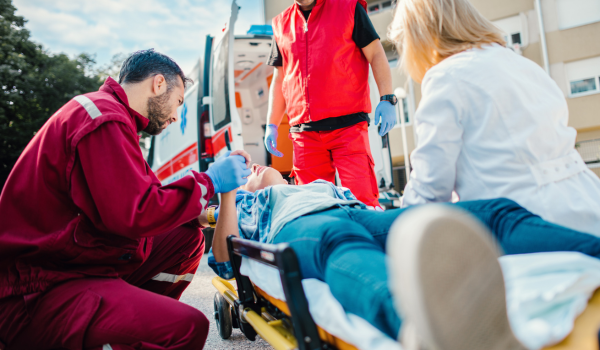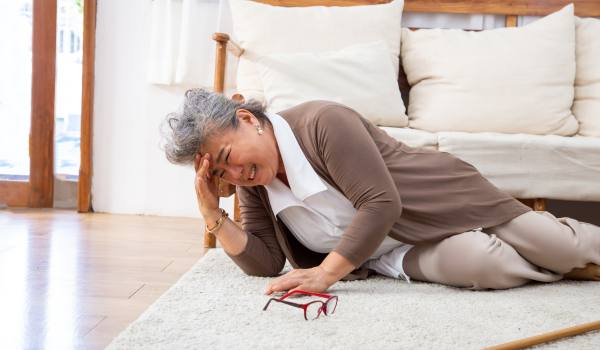.png)
Life after a stroke can bring significant changes, both physically and emotionally. The road to recovery often involves overcoming challenges and adapting to a new way of life. Whether you are a stroke survivor or a family member caring for a loved one, it is essential to develop coping strategies that promote long-term adaptation, enhance quality of life, and offer support throughout the recovery process. This article provides valuable tips and strategies for coping with life after a stroke, supporting loved ones, and improving overall well-being.
1. Understanding the Long-Term Effects of Stroke
Stroke affects individuals differently, and the long-term effects vary based on the severity of the stroke and the area of the brain it impacted. Some stroke survivors may experience physical, cognitive, and emotional challenges, while others may have fewer impairments. It is important to understand the potential long-term effects of stroke in order to develop effective coping strategies.
-
Physical Impacts: Many stroke survivors face challenges such as weakness, paralysis, loss of coordination, and difficulty with mobility. These physical impairments may require ongoing rehabilitation to regain strength, improve movement, and enhance overall physical function.
-
Cognitive Changes: Stroke can affect memory, attention, problem-solving, and decision-making abilities. Some survivors experience issues with memory loss or difficulty concentrating, which can impact daily tasks and overall independence.
-
Emotional and Behavioral Changes: Depression, anxiety, and frustration are common after a stroke. These emotional changes can stem from the physical limitations caused by the stroke or the stress of adjusting to a new way of life. Some individuals may also experience changes in personality or behavior, such as irritability or impulsivity.
Recognizing and understanding these long-term effects is essential for both stroke survivors and their families to navigate the recovery process.
2. Adapting to a New Way of Life: Coping with Physical Limitations
Adapting to physical limitations after a stroke is one of the most challenging aspects of recovery. However, there are many ways to cope with these changes and regain independence. Here are some tips for managing physical limitations:
-
Engage in Rehabilitation: Physical therapy (PT) and occupational therapy (OT) are key components of stroke recovery. Regular therapy sessions can help improve strength, coordination, and mobility. Working with a therapist can also provide strategies for performing daily activities with greater ease.
-
Use Assistive Devices: Mobility aids such as walkers, canes, or wheelchairs can help improve movement and stability, making it easier to navigate the home and community. Occupational therapists can recommend tools and devices to assist with daily activities like eating, dressing, and bathing.
-
Focus on Adaptability: Learn how to modify tasks and routines to accommodate physical limitations. For example, installing grab bars in the bathroom, using adaptive utensils for eating, or setting up a comfortable living space can help stroke survivors complete daily activities more independently.
-
Set Realistic Goals: Stroke recovery is a gradual process, and progress may take time. Set small, achievable goals and celebrate each milestone, whether it’s walking a few extra steps, improving hand strength, or achieving greater independence in daily tasks.
With patience and persistence, stroke survivors can make significant strides in regaining physical independence and improving overall mobility.
3. Supporting Mental and Emotional Well-Being
Stroke survivors often face emotional challenges as they adjust to their new life. Feelings of frustration, sadness, and anxiety are common, and it is essential to address these emotional aspects of recovery in order to enhance quality of life. Below are strategies for supporting mental and emotional well-being:
-
Seek Professional Support: Counseling or psychotherapy can help stroke survivors process emotions, cope with stress, and develop strategies for managing mental health. Cognitive-behavioral therapy (CBT) is an effective approach for treating depression and anxiety, helping individuals challenge negative thought patterns and build coping skills.
-
Join a Support Group: Stroke survivors and their families can benefit from joining a stroke support group. These groups provide a sense of community, allowing individuals to share experiences, learn from others, and find emotional support from those who understand their challenges.
-
Involve Family and Friends: Emotional support from loved ones is essential during recovery. Family members and friends can provide encouragement, help with caregiving, and offer emotional reassurance. It is important for caregivers to maintain their own mental health as well, so they can provide the best possible support.
-
Practice Mindfulness and Relaxation: Mindfulness practices such as meditation, deep breathing, and yoga can help manage stress, promote relaxation, and improve emotional well-being. These techniques can also enhance cognitive function and aid in overall recovery.
By addressing emotional well-being, stroke survivors can build resilience and cope with the challenges that arise during recovery.
4. Managing Cognitive Changes and Memory Impairments
Stroke can result in cognitive changes, including memory loss, difficulty concentrating, and problems with decision-making. These changes can impact daily life, but there are strategies to help manage these issues:
-
Cognitive Rehabilitation: Cognitive rehabilitation therapy (CRT) can help stroke survivors improve memory, attention, and problem-solving abilities. This therapy often includes exercises that target memory recall, concentration, and cognitive flexibility.
-
Use Memory Aids: Memory aids such as calendars, reminders, and alarms can help stroke survivors stay organized and remember important tasks. Writing things down or using digital devices with reminders can reduce the burden of memory loss.
-
Simplify Daily Tasks: Break tasks down into smaller, manageable steps. Use checklists, visual cues, and step-by-step instructions to help remember and complete tasks more efficiently.
-
Maintain Social Connections: Staying engaged with family, friends, and community can help stimulate cognitive function and improve emotional well-being. Social interactions provide mental stimulation, which is essential for cognitive health.
By integrating these strategies, stroke survivors can improve their cognitive function and reduce the impact of memory impairments on daily life.
5. The Role of Family Support in Stroke Recovery
The role of family members and caregivers is crucial in supporting stroke recovery. Families provide emotional, physical, and practical support, which can significantly enhance a stroke survivor’s recovery. Here are some tips for supporting a loved one through the recovery process:
-
Encourage Participation in Rehabilitation: Family members should encourage stroke survivors to actively participate in physical, occupational, and speech therapy. Consistent practice and encouragement can improve recovery outcomes.
-
Promote Independence: It is important to strike a balance between providing support and allowing stroke survivors to regain independence. Encourage them to take on tasks they can manage, even if it takes longer to complete.
-
Provide Emotional Support: Listening to the stroke survivor’s concerns, validating their feelings, and offering encouragement can help reduce feelings of isolation and frustration. Offering a sense of hope and optimism is key to emotional recovery.
-
Caregiver Self-Care: Caregiving can be physically and emotionally demanding, so it is important for family members to take care of themselves. Seek respite care when needed, and make time for self-care activities to maintain mental and physical health.
By being actively involved and providing emotional and physical support, family members play a vital role in helping stroke survivors navigate their recovery journey.
6. Improving Quality of Life and Long-Term Adaptation
The ultimate goal of stroke recovery is to improve quality of life and support long-term adaptation to new circumstances. Here are some tips for enhancing overall well-being and adjusting to life after a stroke:
-
Engage in Meaningful Activities: Find hobbies and activities that bring joy and fulfillment, whether it’s painting, reading, gardening, or volunteering. Engaging in meaningful activities helps improve mental health, provides a sense of purpose, and promotes physical activity.
-
Maintain a Healthy Lifestyle: Eating a balanced diet, exercising regularly, and managing stress are important for overall health and recovery. A healthy lifestyle helps prevent future strokes and supports long-term well-being.
-
Plan for the Future: Setting realistic goals and planning for the future can provide a sense of direction and motivation. Whether it’s returning to work, traveling, or achieving a personal milestone, having goals to work toward can enhance quality of life.
-
Celebrate Progress: Celebrate every milestone, no matter how small. Progress may be slow, but every step forward is an achievement. Recognizing progress boosts confidence and motivation.
.png)
.png)
.png)
.png)
.png)
.png)
.png)
.png)
.png)
.png)
.png)
.png)
.png)
.png)
